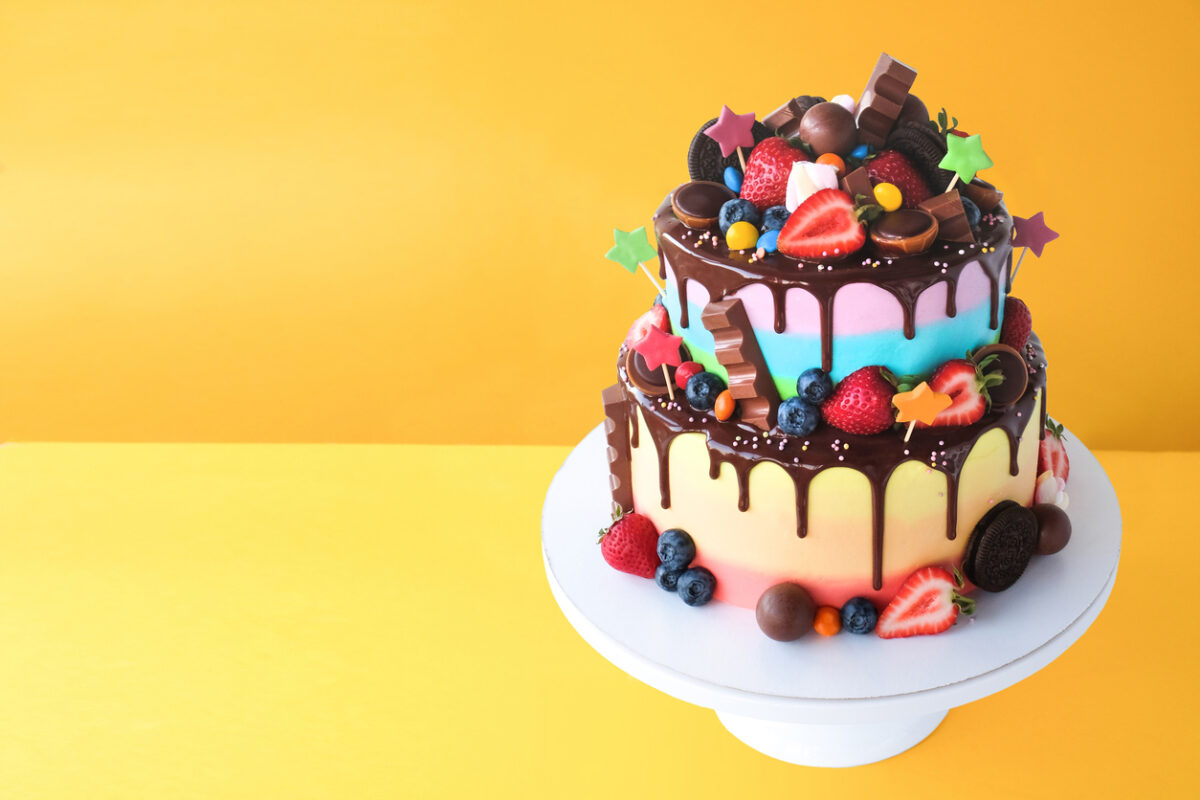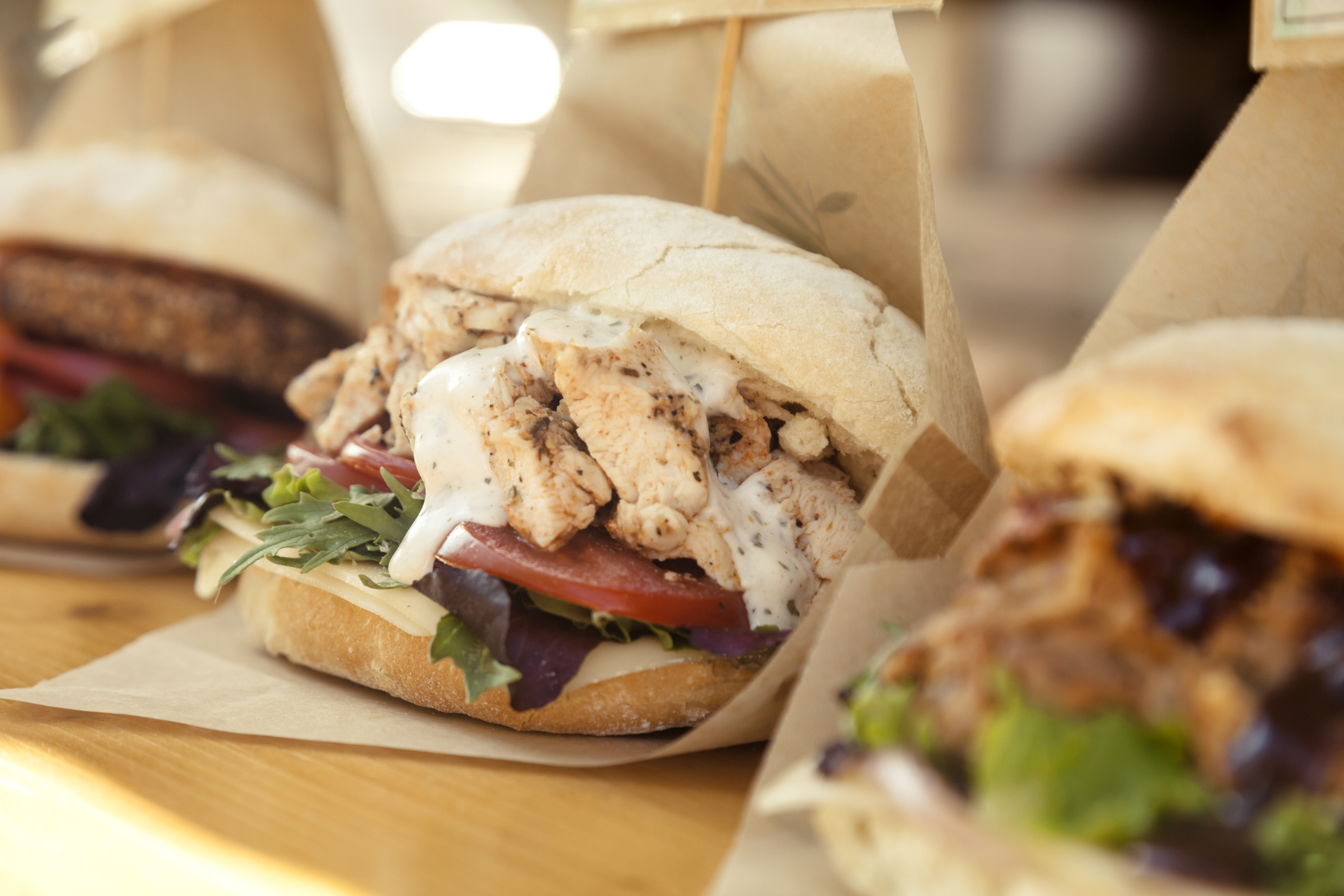Lubrication and fat location in chocolate determine its enjoyability, University of Leeds study shows

An interdisciplinary study from scientists at the University of Leeds has revealed the location of fat layers in chocolate, and lubrication, are what makes the treat so satisfying to eat.
The new research, published today in the scientific journal ACS Applied material and Interfaces, homes in on the feel and texture of chocolate instead of its taste, analysing the physical process taking place in the mouth when it’s eaten as it transforms from a solid to a smooth consistency.
Experiments were conducted using a luxury brand of dark chocolate on an artificial 3D tongue-like surface. Scientists used analytical techniques from an area of engineering called ‘tribology’. This field looks at how surfaces and fluids interact, the friction between them and the role of lubrication – which in this case would be caused by the saliva or liquids coming from the chocolate.
The tests found that when chocolate hits the tongue, a fatty film is released which coats it as well as other surfaces in the mouth. This film is what gives the chocolate its smooth feeling while it’s being consumed, the researchers say, so fat deeper into the chocolate doesn’t have the same effect on mouthfeel as that in the outer layers.
Anwesha Sarkar, Professor of Colloids and Surfaces in the School of Food Science and Nutrition at Leeds, explained: “Lubrication science gives mechanistic insights into how food actually feels in the mouth. You can use that knowledge to design food with better taste, texture or health benefits.
“If a chocolate has 5% fat or 50% fat it will still form droplets in the mouth and that gives you the chocolate sensation. However, it is the location of the fat in the make-up of the chocolate which matters in each stage of lubrication, and that has been rarely researched.
“We are showing that the fat layer needs to be on the outer layer of the chocolate, this matters the most, followed by effective coating of the cocoa particles by fat, these help to make chocolate feel so good.”
The researchers hope the latest discovery will help food manufacturers develop “a new generation” of premium chocolate that is healthier but still has the same mouthfeel and texture as chocolate with a higher fat content.
Dr Siavash Soltanahmadi, Research Fellow in Oral Tribology at Leeds and Lead Researcher in the study, said: “With the understanding of the physical mechanisms that happen as people eat chocolate, we believe that a next generation of chocolate can be developed that offers the feel and sensation of high-fat chocolate yet is a healthier choice.
“We believe dark chocolate can be produced in a gradient-layered architecture with fat covering the surface of chocolates and particles to offer the sought after self-indulging experience without adding too much fat inside the body of the chocolate.”
The scientists believe the physical techniques used in the chocolate tests could be used to investigate other foods that also transform from solid to liquid in the mouth, including ice cream, cheese, and margarine.
Attempts to make chocolate healthier are growing in the food industry. Last December, Mondelēz International announced it had found a new way to reduce levels of sugar and fat in chocolate by 75% using plant-based fibres.









